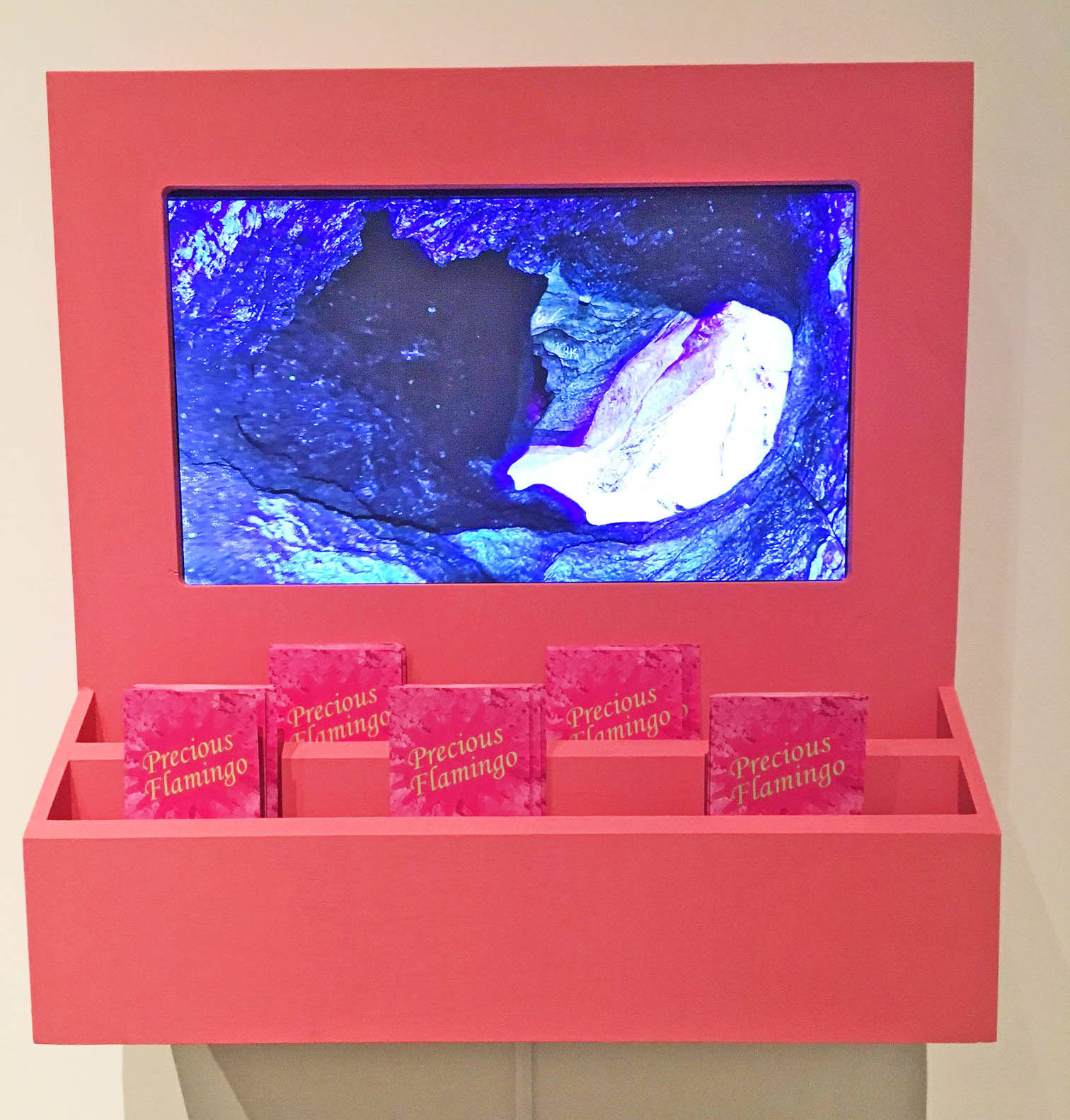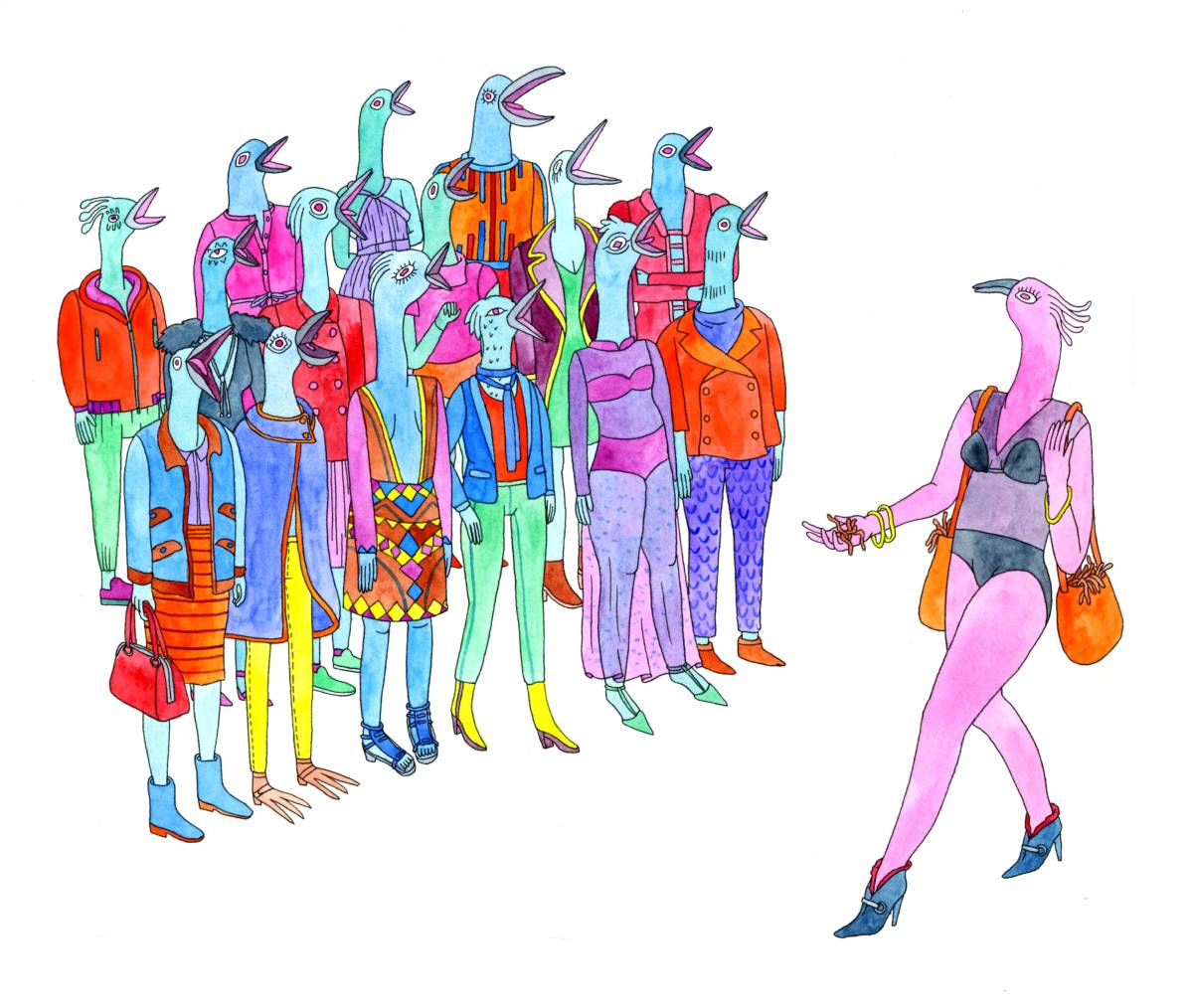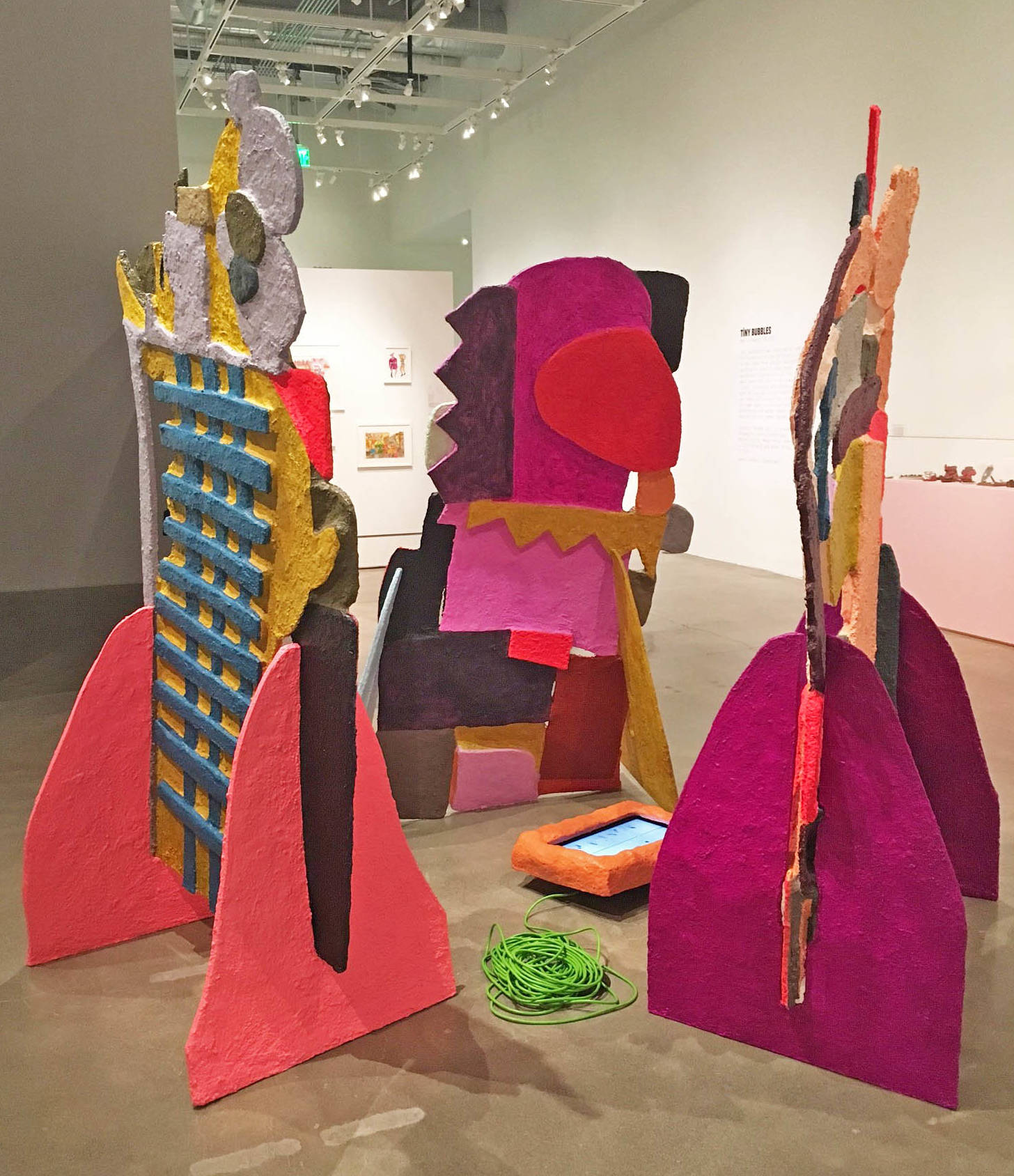As I scroll through my “Garbage Feed” on the online parody site Garbage City Social Network, I can see that its founder, artist J. Otto Seibold, has posted another photo — this time of burning money — with a note about a bonfire happening in his backyard. There are new members to the groups “FriendVoyerismGame” (yes, a place for posting and viewing photos of friends) and “Oaklanders for an Oaklander Oakland.” Plus, a bunch of spammy groups have been created by what look to be bots: “Contemplating Multiple-level Advertising? These Guidelines May Help!”
The simple site has all the trappings of an early social network. You can add friends (or, rather, fellow “losers”) personalize your profile (“ego chamber,” in Garbage City speak) and instant message others who are online (that happens through the “trash talk” widget). Primarily known for his illustrations and children’s books such as Olive, the Other Reindeer, longtime Oakland resident Seibold says he started the alternative social network based on an inside joke calling Oakland “Garbage City,” and as an escape from all the bad news on Facebook. Its participants bring the clever project to life, collectively performing a satire of social media.

Now, Garbage City Social Network is part of Tiny Bubbles, a group exhibition curated by Steven Wolf currently on view at the San Francisco Arts Commission main gallery. The exhibition marks a welcome return for a curator known for producing playful and adventurous shows in his former Mission-district space Steven Wolf Fine Arts. And Tiny Bubbles is true to form. Inspired by painter Roy De Forest’s use of “snowglobe narratives,” Wolf chose works from a surprising variety of artists that construct small worlds of their own.
At the center of the exhibition, a wall of three hanging phones offers looped recordings of prank calls made by the infamous “phone artist” Longmont Potion Castle, who’s garnered a cult following for his hilariously convincing characters and surreal fictional situations. Meanwhile, absurdist multimedia artist Kate Rhoades contributes an “experimental” podcast called Precious Flamingo, presented as a bright pink kiosk with cheesy brochures that direct readers to a website. The podcast is not actually that experimental in form — but it is funny. The first episode is a walking tour that starts at Rhoades’ installation, takes listeners around the Civic Center neighborhood, and ends in another reality conjured by sound effects and a lot of echo.

Back in the gallery, adding to the mixture of nontraditional media, one wall is covered in Jerome Caja’s tiny paintings, made with nail polish and makeup on found everyday objects. Caja was a San Francisco drag performer — famous for re-enacting the crucifixion and resurrection of Christ at a club on Easter Sunday — who died of AIDS in 1995.




